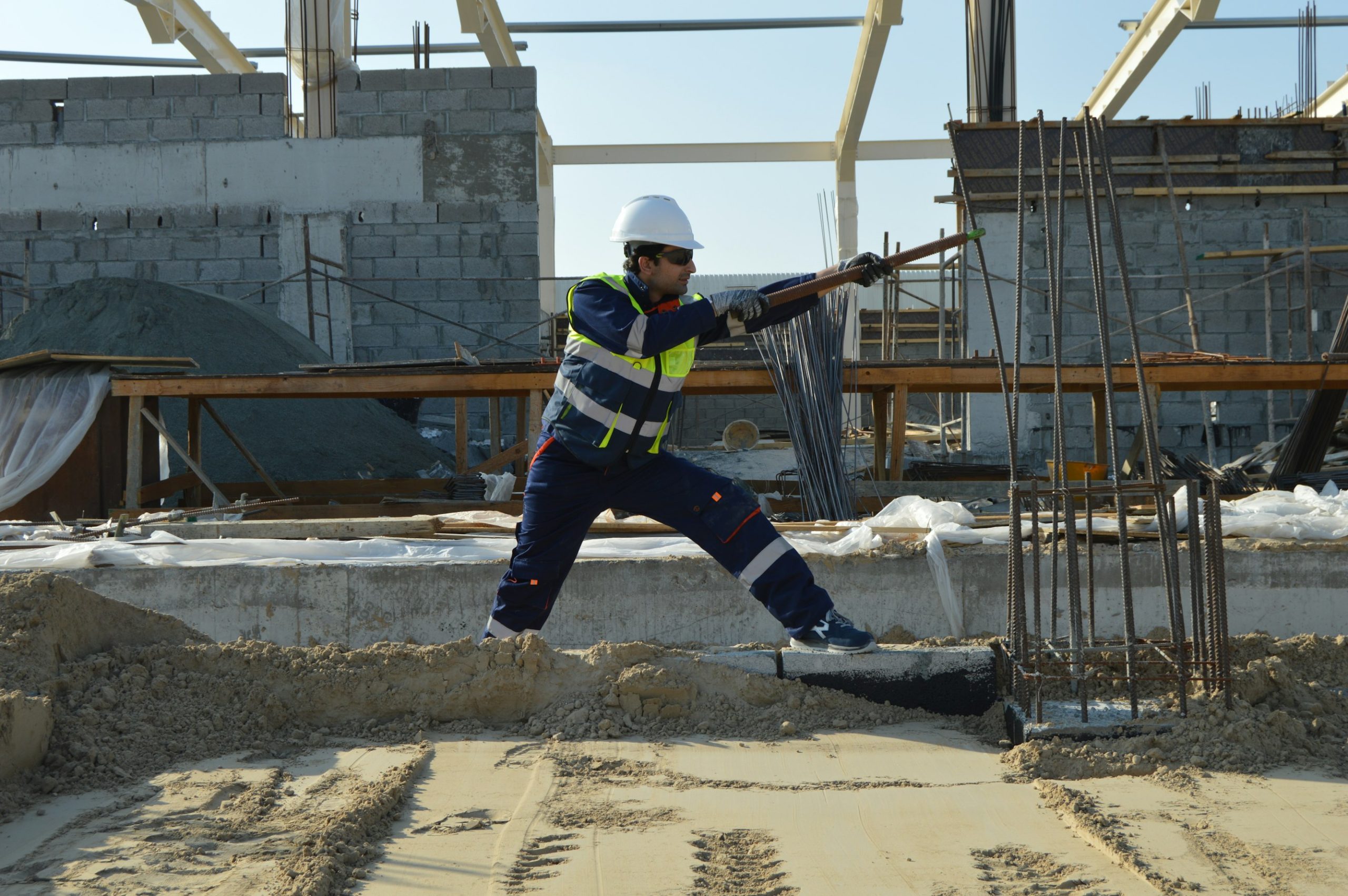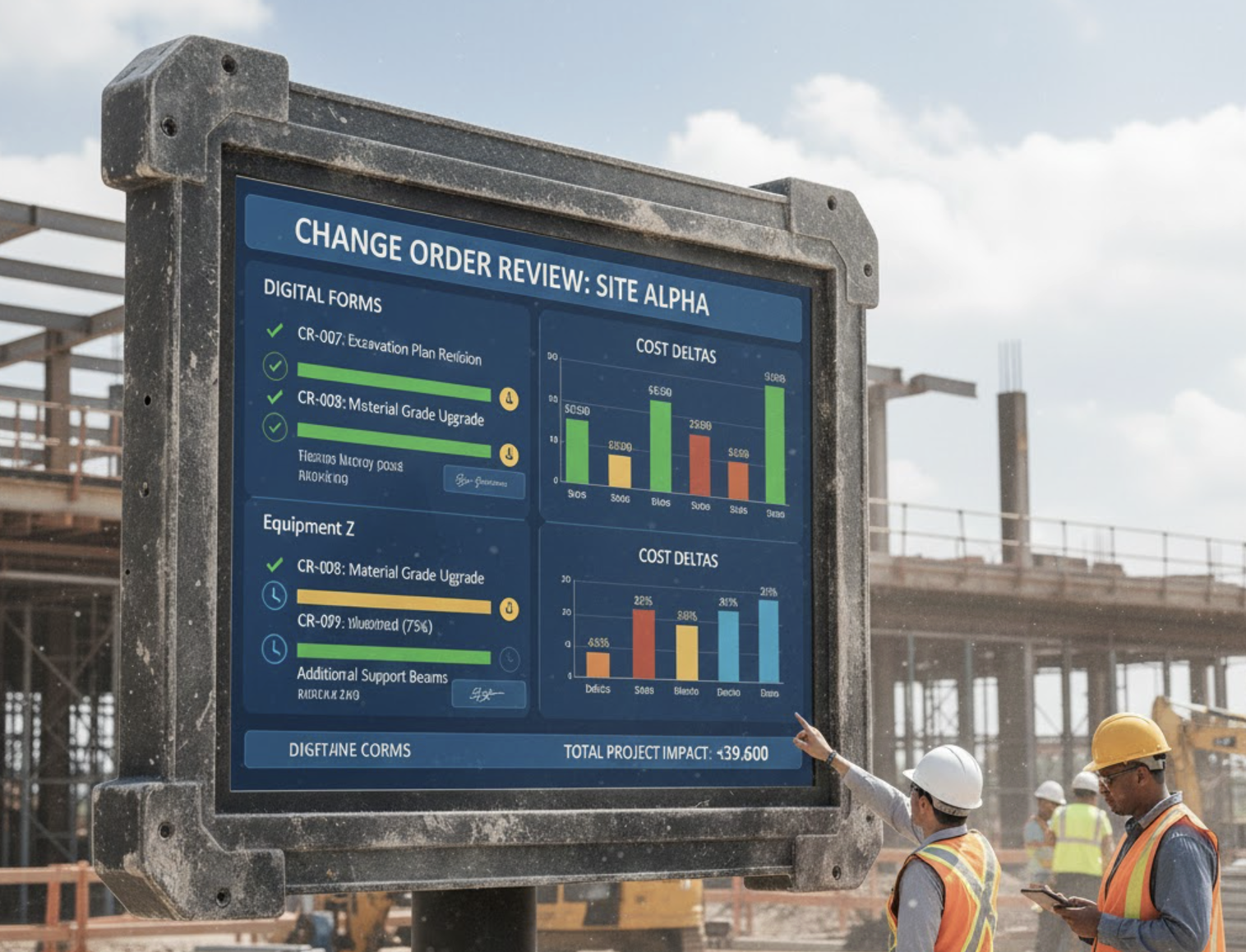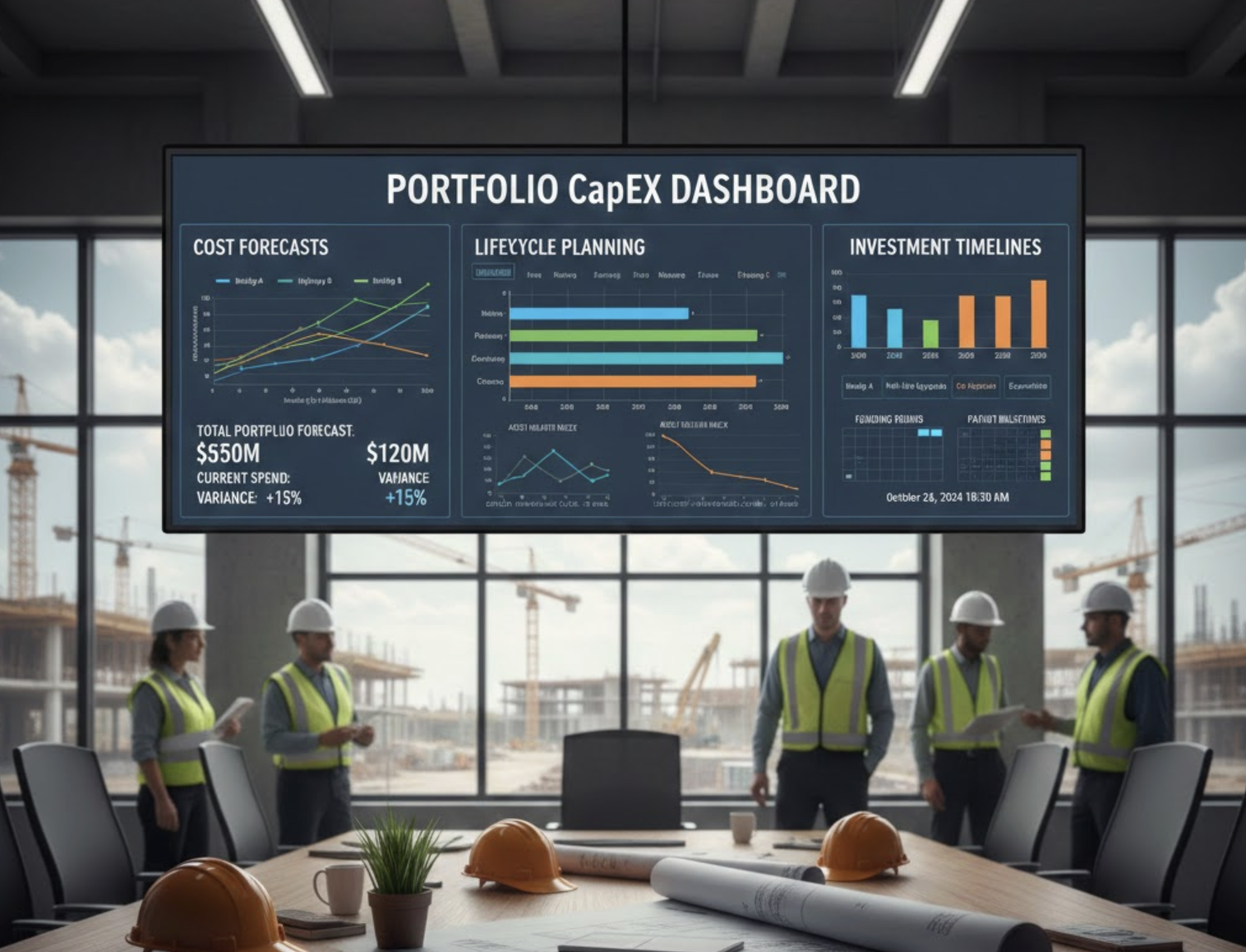Photo Documentation Best Practices for Middle East Job Sites
In the fast-paced world of construction, effective management is crucial for project success. One essential aspect frequently overlooked is photo documentation. Construction photo documentation is crucial for tracking progress, documenting changes, and ensuring safety on the job site. By maintaining a complete photographic record from beginning to end, project managers can avoid delays, disputes, and missed details, ultimately leading to a smoother workflow and more efficient project management.
Importance of Photo Documentation
The significance of photo documentation cannot be overstated. It plays a pivotal role in providing a visual record of the construction process, which is essential for various reasons. Not only does it document the physical evolution of a project, but it also aids in identifying potential issues before they escalate, ensuring all stakeholders are aligned and informed about the current status of the project. Moreover, comprehensive photo documentation serves as an invaluable resource for future maintenance, legal considerations, and stakeholder accountability.
Routine Documentation
Establishing a routine for photographing job sites can significantly improve documentation. This involves scheduled photography, where photos are taken on a consistent basis—be it daily, weekly, or at each site visit. It’s essential to document key project milestones such as preconstruction surveys, foundation work, structural framing, mechanical, electrical, and plumbing (MEP) system installations, and final punch lists. Maintaining a structured photographic timeline builds a visual record that is invaluable for tracking progress and settling disputes.
Enhancing Visual Documentation
Effective photo documentation should encompass both wide shots and close-ups. Wide shots provide contextual views of the overall site conditions while close-ups are essential for capturing critical details such as welds, joints, and connections. Additionally, including before, during, and after shots for crucial tasks creates a comprehensive visual record. These images can serve as a critical reference for future maintenance and legal purposes, further highlighting the need for meticulous documentation practices.
Organizing Photo Data for Efficiency
Once photos are captured, organizing them efficiently is key. Implementing a clear and hierarchical folder structure (e.g., ‘Project/Site/Date/Milestone’) allows for easy retrieval of images when needed. Coupled with metadata tagging—including details such as date, time, location, description, trade, and responsible person—this method enhances the searchability of files. Furthermore, employing standard naming conventions creates consistency, making it easier for team members to locate and reference documents. Utilizing construction management platforms that support media uploads and direct linking of photos to plans also facilitates the organization of photo data.
Best Practices for Standardized Documentation
Standardization is essential when it comes to photo documentation. Creating uniform methods for capturing and storing photos eliminates confusion and keeps projects on track. It is imperative that all stakeholders work from a single source of truth, ensuring that everyone is on the same page regarding project progress. A structured photo documentation system enhances communication among stakeholders by centralizing visuals and creating a clear audit trail, improving alignment without causing delays.
Quality Assurance and Legal Protection
Standardized photo documentation not only boosts quality assurance but also protects against potential legal claims. By maintaining clear, consistent records, project managers can easily defend against disputes or issues that may arise during or after construction. This aspect underlines the importance of meticulous documentation as a fundamental part of construction risk management.
Use Cases and Benefits of Photo Documentation
Photo documentation serves numerous purposes in the efficient management of construction sites. Remote monitoring is one of the forefront benefits, enabling teams to oversee progress without frequent site visits. This is particularly advantageous in the Middle East, where job sites can be spread over large areas, making regular physical inspections more cumbersome. By leveraging real-time visuals from photo documentation, project managers can make informed decisions without delay.
Transparency and Accountability
Centralizing photo documentation enhances transparency across the construction site and holds team members accountable. This not only ensures smooth project flow but also allows for the quick resolution of any arising issues. Improved transparency is essential for maintaining a collaborative environment, enhancing trust among stakeholders.
Onboarding and Training Efficiency
A well-documented project acts as an invaluable resource for onboarding new employees. Comprehensive photo records help newcomers understand the history and procedures of the project more effectively, fostering quicker acclimatization to their roles and responsibilities. This aspect of photo documentation contributes to maintaining overall project productivity and efficiency.
Emerging Innovations in Photo Documentation
The landscape of photo documentation is continually evolving, with the integration of technologies such as drones and AI making significant strides in construction. The use of drones enables the capture of high-resolution images from unique angles, providing a comprehensive aerial perspective of job sites. This technology not only enhances visual documentation but also improves overall project oversight. Furthermore, AI tools for construction can assist in automating the organization and analysis of documented photos, streamlining workflows and ensuring records are easy to manage.
How Zepth Can Help
Zepth offers a robust platform designed to enhance construction management practices, addressing the unique challenges faced on job sites across the Middle East. With tools that facilitate media uploads, direct linking to plans, and centralized management of photo data, Zepth streamlines the process of photo documentation. Real-time monitoring capabilities enable stakeholders to check updates remotely, allowing for timely and informed decision-making.
Zepth’s commitment to standardized documentation ensures that all photos captured are stored consistently, which is vital for maintaining quality assurance and compliance with regulations. Additionally, Zepth enhances communication among stakeholders by providing a centralized source of truth, reducing miscommunications and fostering greater project transparency.
To learn more about how Zepth can support your construction management needs, visit Zepth’s Construction Management Solutions.




